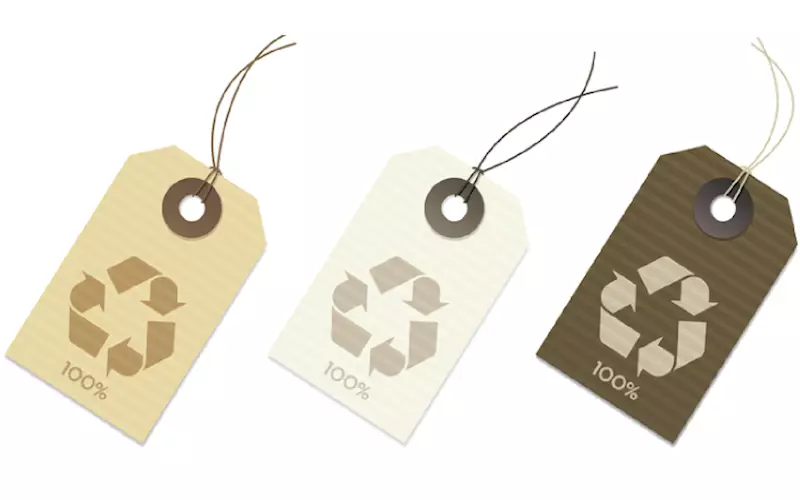Environmental myths busted
Iggesund Paperboard’s spokesmen for environmental issues, Johan Granås and Staffan Sjöberg, clarify the misconceptions regarding paper, paperboard and packaging.
09 Feb 2019 | By WhatPackaging? Team
Producers of recycled paper materials and producers of virgin fibre are natural enemies.
“Hardly. We are part of the same production chain. Fresh virgin fibres are necessary for the production of recycled paper. This means that those working with virgin fibre and those working with recycled fibre are dependent on each other. On top of this, the entire paper and paperboard chain is likely one of the most sustainable production systems around.”
The energy needed to transport recycled packaging and newspapers exceeds the environmental gains made from recycling.
“Paper recycling is basically a very sound enterprise. But the environmental advantages depend on how the paper is collected and the effects of the production of the recycled paper. In sparsely populated areas the gains of collecting paper are questionable, and if the collected paper is sent to a paper mill that has a big negative impact on its surroundings and requires a lot of energy for production, the advantages are debatable. “But this is an extreme case. On the whole, paper collection and recycling are beneficial, whether the cellulose fibres are reused more than once or the energy is recycled.”
Packaging of consumer goods is a big environmental problem.
“One of the paradoxes of modern society is that the majority of consumers are completely dependent on packaging and distribution technologies at the same time that they are questioning the necessity of packaging. Take the food retail industry, for example. Packages protect and preserve goods throughout the whole distribution chain, from the producer to the consumer. In Western Europe, this means that less than 5 percent of goods are wasted on the way to the consumer. In parts of Africa with less developed packaging technology and logistics, up to 50 percent of retail foods are ruined on the way to the consumer.”
Everything is over-packaged. The world would do better without packaging and all the packaging waste.
“Does anyone really believe that companies would use more packaging material than what is necessary to get their goods to consumers? ‘Let’s reduce our profit by using extra material for packaging!’ is not something heard in any boardroom. Instead, the issue is always to improve, minimise and economise.”
Recycling is the key to a sustainable society.
“Yes and no. Recycling should always be part of the discussion. Paper and paperboard are a shining example of the positive effects of recycling. But cellulose fibres can’t be used forever. After each cycle, they lose more of their ability to do the job, and eventually, it becomes more useful to recycle the energy that they contain than to use them again.”
Paperboard packaging destroys trees.
“Cooking destroys carrots. If we didn’t eat so many carrots we would have more in our gardens! Trees are like carrots, but the time from planting to felling is a hundred times longer. “In the Scandinavian forestry industry, we plant three or four trees for every tree we use. This means that the number of trees in forests is always increasing. Individual trees disappear in our production, but new ones are always replacing them. In addition, forest preserves are protected from being used for lumber.”
Recycled products are always better than virgin fibre products.
“This is one of the most depressing clichés you hear about the industry. It’s like saying that diesel power is always better than petrol power, even if we compare a big old black 1958 diesel-powered car with a spanking new Toyota Prius. “Invercote is produced in a paper mill that has a very low impact on the environment. It is powered by biofuel for 95 percent of its production. That means even the waste products are used. There are very few mills that come even close to our environmental record. We are unique.”
This article was first published by Iggesund Holmen Group














 See All
See All